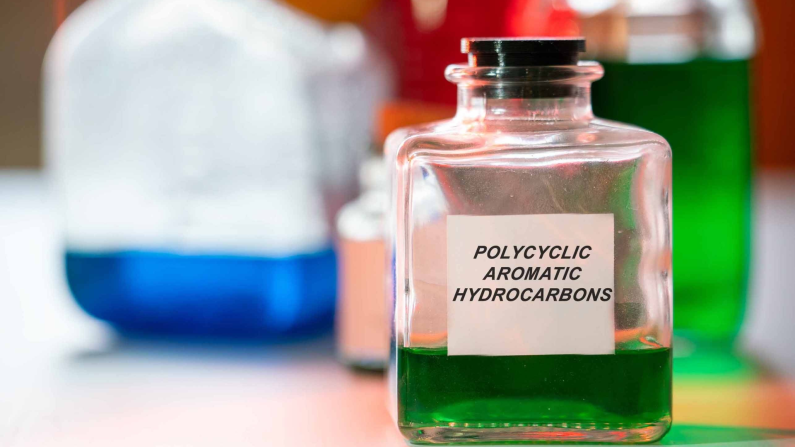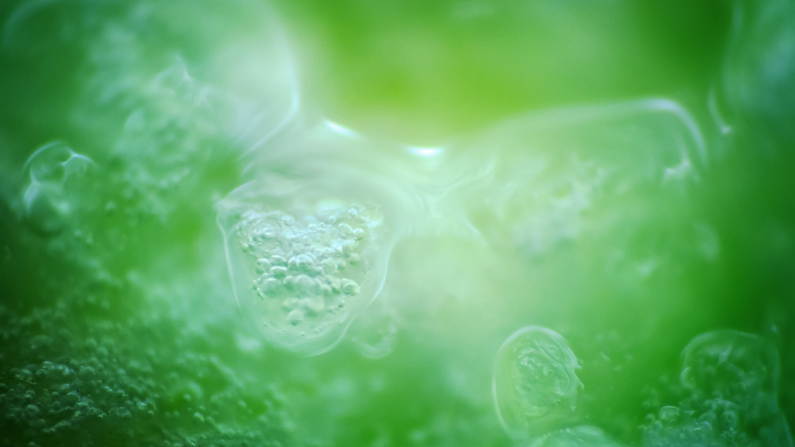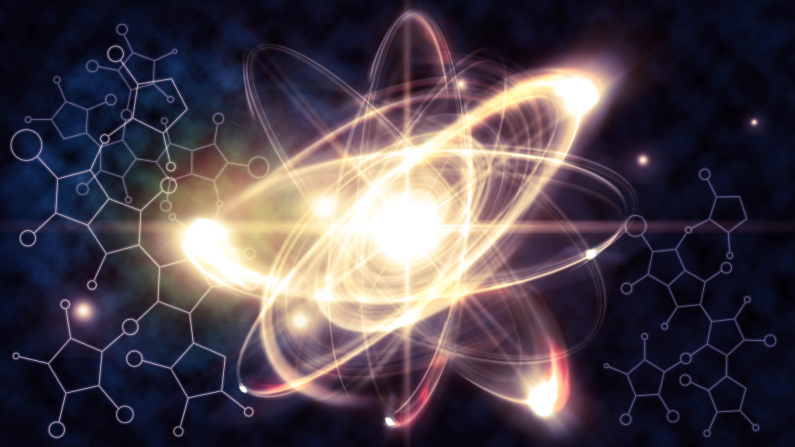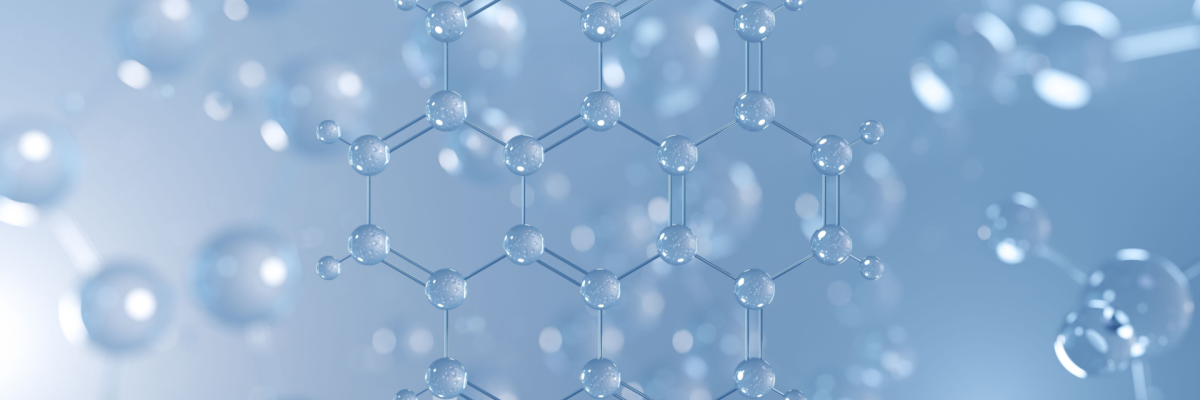Space is not just stars and planets, but also a vast chemical laboratory. Even now, millions of light-years from Earth, complex chemical processes are taking place that could lead to the emergence of new and living beings.
Up to 60% of Earth’s inhabitants, according to statistics, believe that humans did not originate from a specific substance, but from monkeys. But what came before that? Where did monkeys come from then? And turtles? Fish? Amoebas? Thus, one of the most relevant theories today states that the appearance of humans is due to mysterious molecules called polycyclic aromatic hydrocarbons, or simply PAHs. That’s what we’re going to talk about today!
What are PAHs and why are they so important?

Imagine complex molecules, similar to small “building sets” consisting of many rings. These are PAHs. They are widespread in space and most often found in interstellar dust. Scientists believe that these molecules may play an important role in creating more complex organic substances, such as amino acids – the building blocks of proteins, which make up all living organisms. Consequently, people too. So, in simple terms, those memes and inspiring pictures in the spirit of “We all have a piece of stars in us” are probably not such a fiction after all!
Recently, scientists have put forward a new interesting theory about how PAHs are involved in the formation of living beings. The fact is that there is ionizing radiation in space – powerful energy flows, such as ultraviolet rays and cosmic rays. This radiation can “charge” PAHs, activating them, causing them to combine, mutate, and as a result, acquire new forms. Imagine that ionizing radiation is like a “key” that releases the “power” of PAHs into the wild. After that, activated PAHs can also interact with other molecules, such as water, ammonia, and hydrogen cyanide, which are also found in space. As a result of these interactions, complex organic molecules arise, from which life ultimately appears.
Shape Matters

Another important point is the shape of the PAH molecules. It turns out that the shape of the molecule’s surface affects how it interacts with other substances. For example, PAH molecules with a certain surface shape may be better at “capturing” and “retaining” other molecules, which facilitates the flow of chemical reactions. For this reason, other molecules cannot create life, but flexible and tenacious PAHs can.
All these discoveries give us a new perspective on how life could have originated on Earth. Traditionally, one of the most famous theories of the origin of complex molecules and life is the “primordial soup” theory. According to it, in the early Earth there was an ocean rich in organic substances, and under the influence of energy (for example, from lightning) the first living organisms began to form in this “soup”. New studies show that the formation of organic molecules could occur not only on Earth, but also in space, and then these molecules could be delivered to our planet, for example, by meteorites.
In particular, these studies show that ionized PAHs, when exposed to cosmic radiation, can catalyze the formation of complex organic molecules even in the interstellar medium. What follows from this? It is quite possible that PAHs in combination with other substances, with which they later merged, or a ready-made “set of organisms” from PAHs flew to Earth from distant space and simply fell into the ocean, that is, the primary broth. Well, and then things went on from there.
Evidence for this hypothesis is also provided by studies that have found PAHs in meteorites. Moreover, experiments show that PAHs can contribute to the formation of lipid membranes necessary for the formation of the first cells. An important confirmation of the “primordial soup” theory and the role of inorganic compounds in the formation of “molecules of life” is a study conducted at the University of Cambridge under the leadership of John Sutherland in 2015. The experiment showed that in conditions simulating the “primordial soup” with the participation of simple inorganic compounds, such as carbon, phosphates, metal salts and hydrogen sulfide, precursors of key “molecules of life” can be formed, including PAHs themselves.
What’s Next?

Scientists continue to study the role of PAHs and ionizing radiation in cosmic chemistry. They plan to explore the interaction of PAHs with various substances in space, as well as to find out how different types of radiation affect PAHs. These studies may lead to new discoveries and help us answer one of the most important questions of humanity: are we alone in the Universe? Perhaps, following in the footsteps of PAHs, we will discover traces of new, larger ones, and along with them, a completely different life. In addition, this opens up new opportunities in the field of biotechnology and selection, because, perhaps, with the help of PAHs it is possible to artificially grow new species or repeatedly revive old ones.
Share this with your friends!





Be the first to comment
Please log in to comment